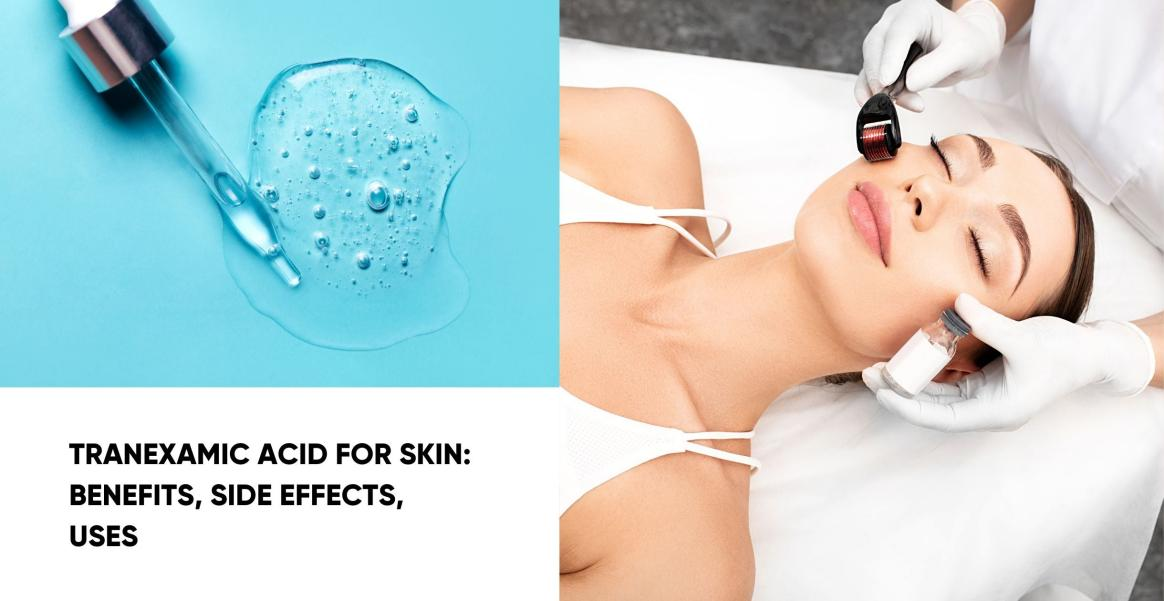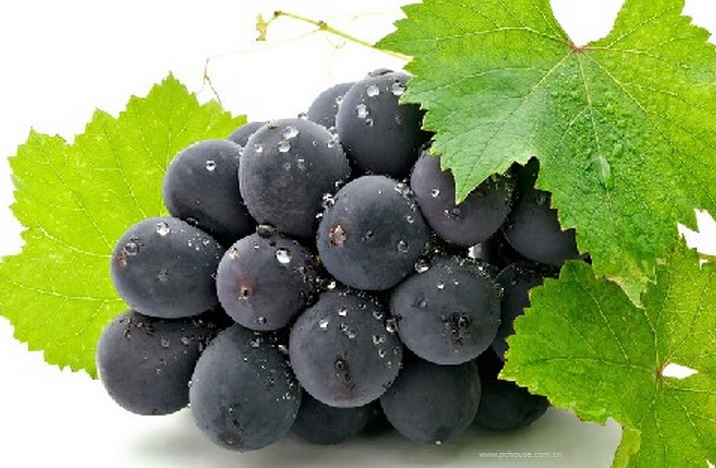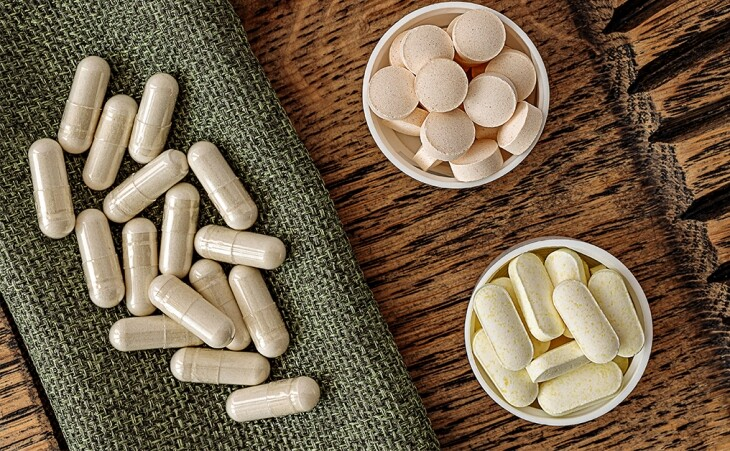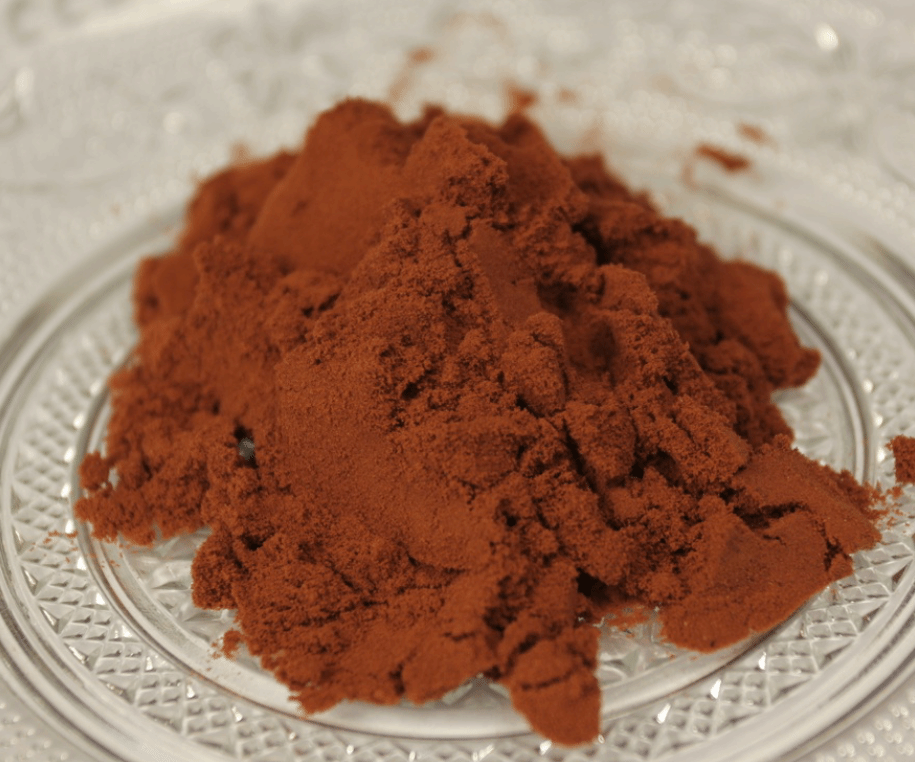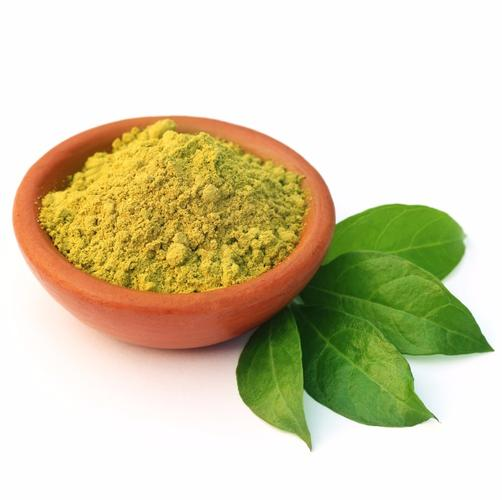Kojic Acid: A Timeless Skincare Ingredient
The cosmetics industry is a dynamic and trend-driven field, with new ingredients emerging each year. Many of these hyped ingredients fade away over time, but some stand the test of time due to their unique and effective properties. Among these classic ingredients, kojic acid stands out.
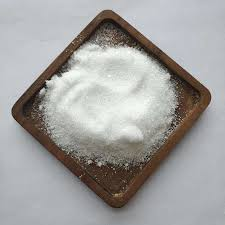
Kojic acid is derived through the fermentation of various substances by the fungus Aspergillus, with pure kojic acid primarily produced from glucose fermentation. As a small molecule with a molecular weight of 142.22, kojic acid can be directly absorbed through the skin. The English name for kojic acid is “Kojic acid,” and it is also known as 2-hydroxymethyl-5-hydroxy-γ-pyrone.
Since its discovery, kojic acid was initially utilized in the food, pharmaceutical, and agricultural industries. In food, it serves as an additive with preservative, antioxidant, and anti-browning properties. Later, researchers discovered its excellent skin-lightening effects, particularly in reducing hyperpigmentation. Following this discovery, kojic acid began to be widely used in skincare products for its whitening and spot-fading properties.
Melanin is the key component responsible for skin darkening and the formation of spots, and inhibiting melanin production can achieve whitening and spot-reducing effects. Tyrosinase is an essential catalyst in melanin production, and kojic acid works by chelating copper ions, which tyrosinase requires to function. By inactivating tyrosinase, kojic acid effectively blocks melanin production, resulting in a lighter and more even skin tone.

Regarding the safety of kojic acid, there has been extensive research globally on its potential carcinogenicity. Kojic acid is not classified as an acute, chronic, or reproductive toxicant. Although some animal studies have indicated tumor promotion and weak carcinogenicity, the absorption of kojic acid through human skin into systemic circulation is extremely slow, likely below the threshold to cause such effects. Kojic acid is considered safe in cosmetics at concentrations below 2%. Decades of research support the conclusion that kojic acid is safe for use in cosmetics within the specified limits, and there is no need for concern.
In summary, kojic acid remains a valuable and effective ingredient in the cosmetics industry, known for its skin-lightening properties and safety when used appropriately.
Contact:James Yang
Tel/WhatsApp: +8619992603115
WeChat:19992603115
Email: sales@xabcbiotech.com


